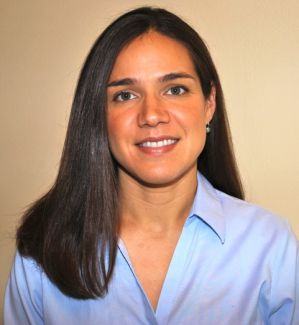Event
Retroelements are conserved features of Drosophila centromeres
Department of Biology Seminar Series
Amanda Larracuente Ph.D., University of Rochester

Centromeres are among the most rapidly evolving regions of genomes, despite their conserved and essential role in chromosome segregation. Rapidly evolving centromeres can drive karyotype evolution and speciation. Centromeres are typically embedded in highly repetitive regions of genomes and thus pose major challenges for genome assembly. We therefore know little about the organization of centromeric DNA in most organisms, which limits our understanding of role of DNA sequences in centromere function. We combine long-read sequencing with molecular and cytological approaches to study centromere organization in Drosophila species. We discovered that in D. melanogaster, centromeres contain unique islands of complex DNA embedded in satellites. The only sequences shared between centromeres on all chromosomes is a non-LTR retroelement called G2/Jockey-3. We study patterns of variation in D. melanogaster centromeres within and between population from across the world to show that the centromere islands are conserved across populations but have large structural variants involving retroelements. Our results suggest that G2/Jockey-3 is recently active and that natural selection shapes its genomic distribution. To determine if centromeres are conserved between species, we generated deep PacBio sequencing data for three sister species of the simulans clade: D. simulans, D. sechellia, and D. mauritiana. We discovered that while the satellites at simulans clade centromeres are distinct from those in D. melanogaster, G2/Jockey-3 is abundant in centromere islands in these species. We therefore reveal a striking level of conservation among otherwise rapidly evolving sequences at centromeres. Retroelements are associated with centromeres across plants, fungi, and animals, and therefore may be an important feature of centromere biology.
